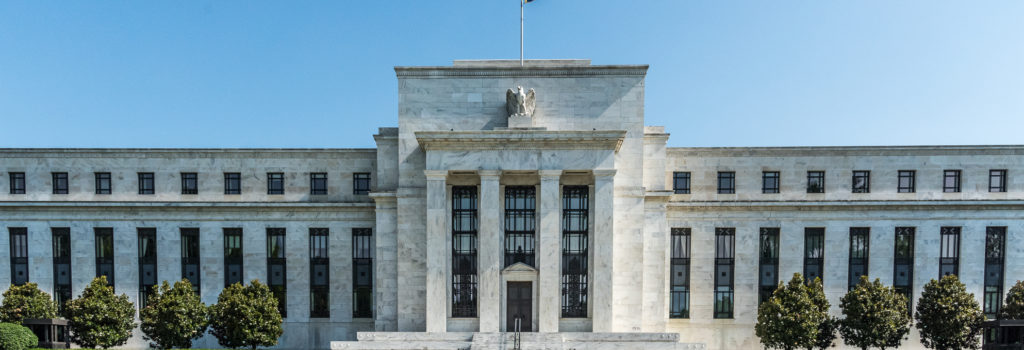Historically, an inverted yield curve has been a reliable indicator of a recession. Is there a reason it may not be as accurate this economic expansion cycle?
Ole Reliable
When the yield between the 2-year Treasury yield and the 10-year Treasury yield invert (where the 10-year yields less than the 2-year), the US economy slumps into a recession within 6 months. This is established. It has held true over the last 50 years. There is little reason to think that this expansion should be any different…
Or is there?
The Federal Reserve Bank (FRB) engaged in a very unique bond buying program during the end of the last recession/start of this economic expansion. One which bloated the balance sheet at the FRB to over $4T. It is loaded with bonds that are just sitting and maturing, rather than actively selling them in the market. We are grateful. If the FRB flooded the market with those bonds, we would see yields sky rocket, liquidity disappear, and the yield curve steepen dramatically. By allowing them to mature passively, yields have remained stably low. So low that as they lift the short end of the curve, their $4T balance sheet is holding down what should be a higher long-term rate, causing an artificial inverted yield curve.
So, while many (myself included) worry about how flat the yield curve is currently (.20% as of Friday), there is reason to believe that this cycle is different. The short end of the curve could move beyond the long-term figure without being a direct indicator of an impending recession.
Your interest in our articles helps us reach more people. To show your appreciation for this post, please “like” the article on one of the links below:
Facebook | Twitter | LinkedIn | Google+
FOR MORE INFORMATION:
If you would like to receive this weekly article and other timely information follow us, here.
Always remember that while this is a week in review, this does not trigger or relate to trading activity on your account with Financial Future Services. Broad diversification across several asset classes with a long-term holding strategy is the best strategy in any market environment. Any and all third-party posts or responses to this blog do not reflect the views of the firm and have not been reviewed by the firm for completeness or accuracy.

